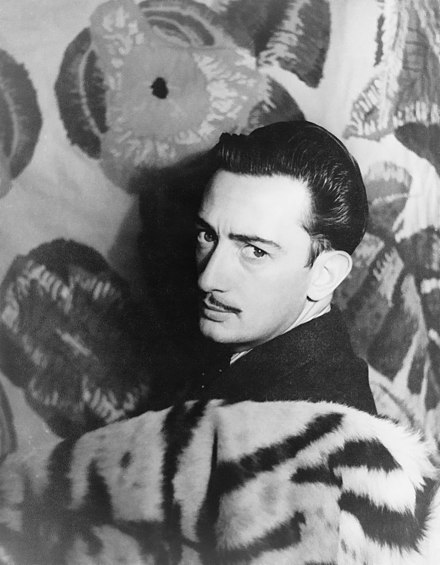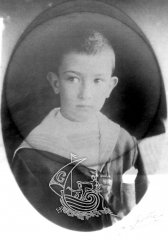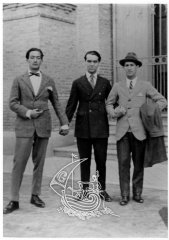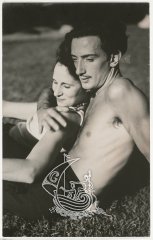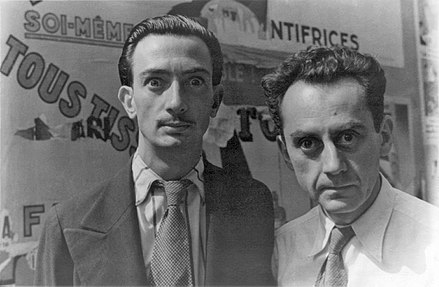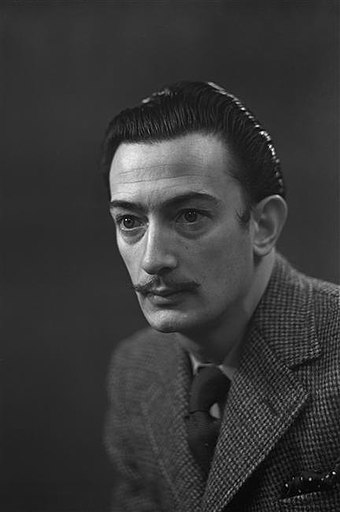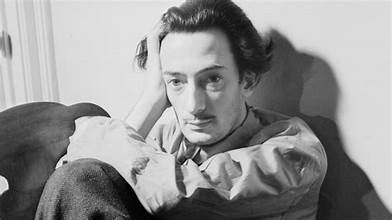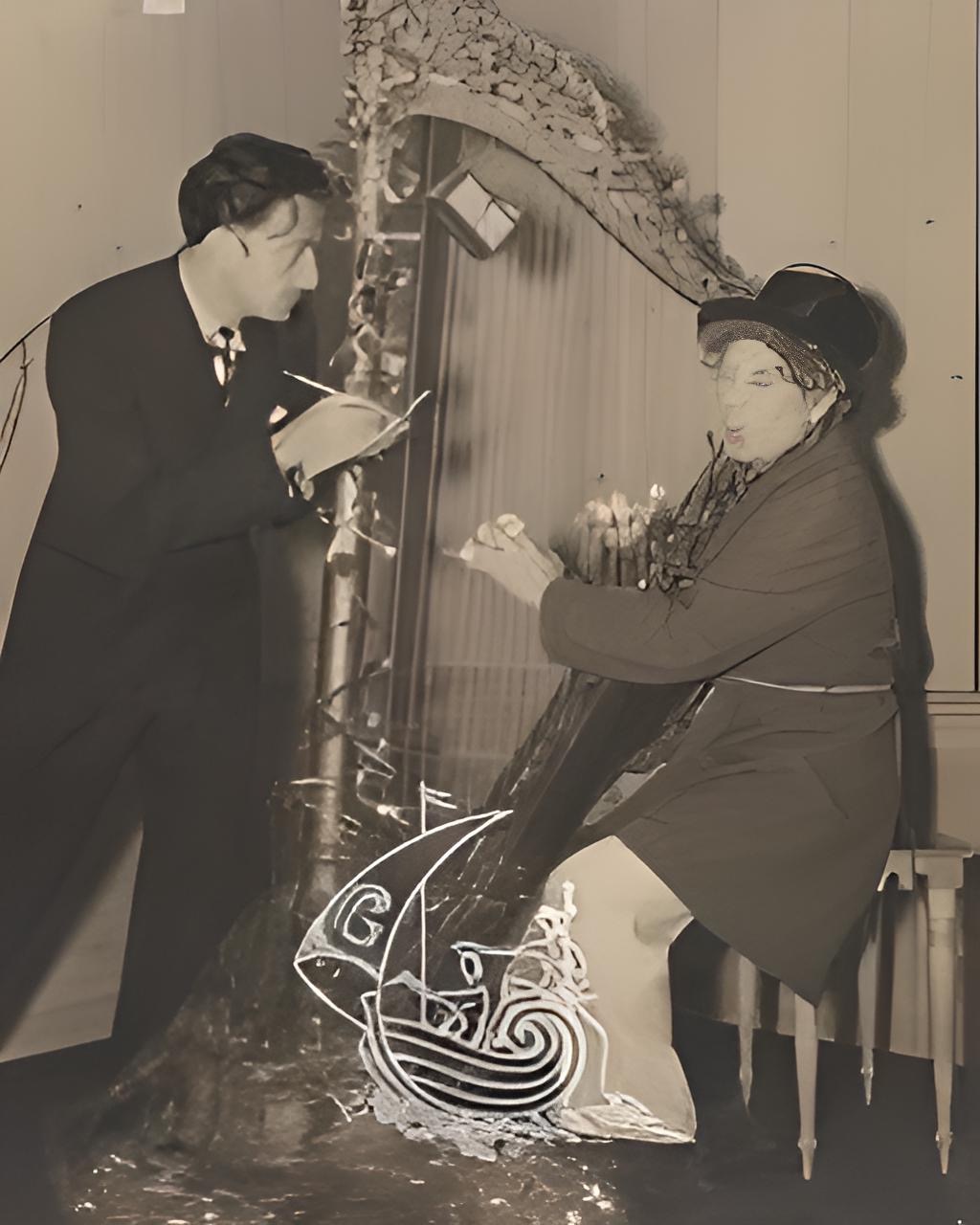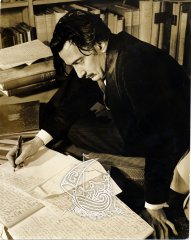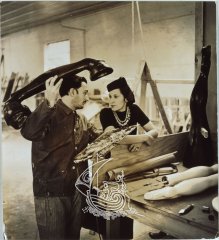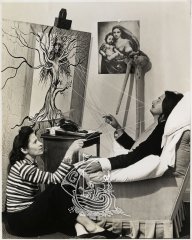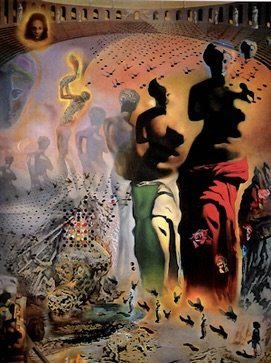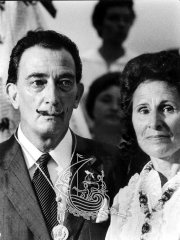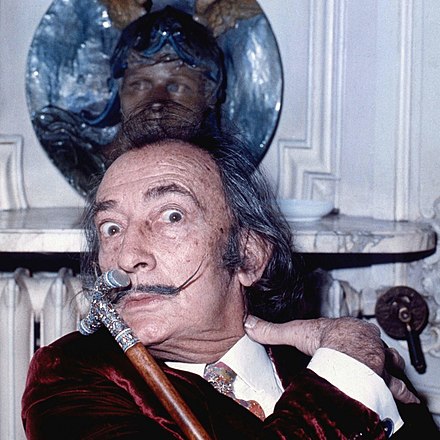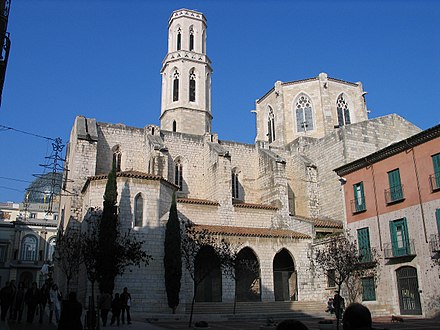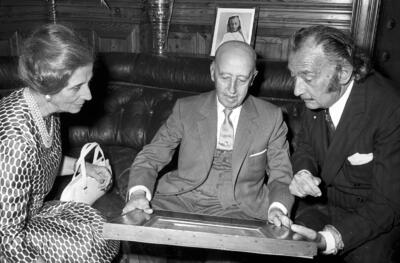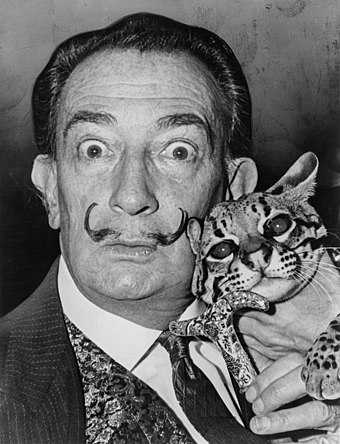Dalà announced the death of the Surrealist movement and the return of classicism in his exhibition at the Julien Levy Gallery in New York in April-May 1941. The exhibition included nineteen paintings (among them Slave Market with the Disappearing Bust of Voltaire and The Face of War) and other works. In his catalog essay and media comments, Dalà proclaimed a return to form, control, structure and the Golden Section. Sales however were disappointing and the majority of critics did not believe there had been a major change in DalÃ's work.
On 2 September 1941, he hosted A Surrealistic Night in an Enchanted Forest in Monterey, a charity event which attracted national attention but raised little money for charity.
The Museum of Modern Art held two major, simultaneous retrospectives of Dali and Joan Miró from November 1941 to February 1942, Dalà being represented by forty-two paintings and sixteen drawings. DalÃ's work attracted significant attention of critics and the exhibition later toured eight American cities, enhancing his reputation in America.
In October 1942, DalÃ's autobiography, The Secret Life of Salvador Dalà was published simultaneously in New York and London and was reviewed widely by the press. Time magazine's reviewer called it "one of the most irresistible books of the year". George Orwell later wrote a scathing review in the Saturday Book. A passage in the autobiography in which Dalà claimed that Buñuel was solely responsible for the anti-clericalism in the film L'Age d'Or may have indirectly led to Buñuel resigning his position at MoMA in 1943 under pressure from the State Department. Dalà also published a novel Hidden Faces in 1944 with less critical and commercial success.
In the catalog essay for his exhibition at the Knoedler Gallery in New York in 1943 Dalà continued his attack on the Surrealist movement, writing: "Surrealism will at least have served to give experimental proof that total sterility and attempts at automatizations have gone too far and have led to a totalitarian system. ... Today's laziness and the total lack of technique have reached their paroxysm in the psychological signification of the current use of the college [collage]". The critical response to the society portraits in the exhibition, however, was generally negative.
In November-December 1945 Dalà exhibited new work at the Bignou Gallery in New York. The exhibition included eleven oil paintings, watercolors, drawings, and illustrations. Works included Basket of Bread, Atomic and Uranian Melancholic Ideal, and My Wife Nude Contemplating her own Body Transformed into Steps, the Three Vertebrae of a Column, Sky and Architecture. The exhibition was notable for works in DalÃ's new classicism style and those heralding his "atomic period".
During the war years, Dalà was also engaged in projects in various other fields. He executed designs for a number of ballets including Labyrinth (1942), Sentimental Colloquy, Mad Tristan, and The Cafe of Chinitas (all 1944). In 1945 he created the dream sequence for Alfred Hitchcock's film Spellbound. He also produced artwork and designs for products such as perfumes, cosmetics, hosiery and ties.
